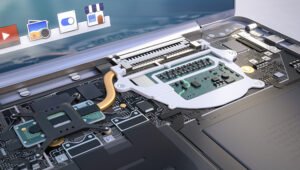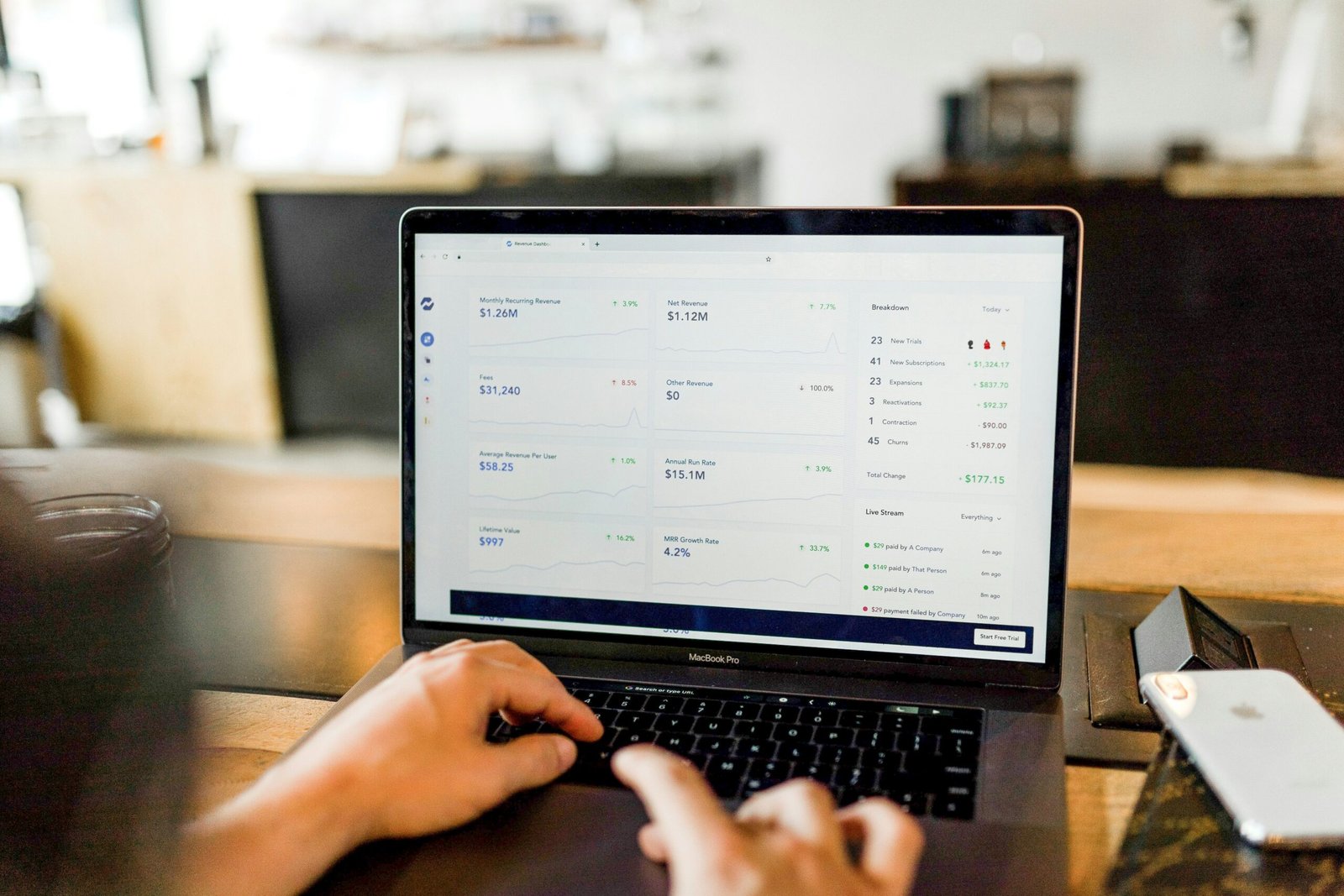Introduction
Is your laptop running slower than usual? Are you experiencing lag or delays when trying to complete tasks? Don’t worry; there are several simple steps you can take to boost your laptop’s performance without having to spend a fortune on upgrades. In this guide, we will walk you through some easy and effective ways to optimize your laptop’s performance and get it running like new again.
Clean Up Your Hard Drive
One of the most common reasons for a slow laptop is a cluttered hard drive. Over time, files and programs can accumulate on your hard drive, taking up valuable space and slowing down your system. To boost your laptop’s performance, start by cleaning up your hard drive:
- Delete any unnecessary files, such as old documents, photos, and videos.
- Uninstall programs that you no longer use or need.
- Use a disk cleanup tool to remove temporary files and other junk data.
Upgrade Your RAM
If your laptop is still running slow after cleaning up your hard drive, you may need to consider upgrading your RAM. RAM (Random Access Memory) is a crucial component that affects your laptop’s speed and multitasking capabilities. Here’s how you can upgrade your laptop’s RAM:
- Check your laptop’s specifications to determine the type and amount of RAM it supports.
- Purchase compatible RAM modules and install them following the manufacturer’s instructions.
- Restart your laptop to see the immediate performance improvement.
Optimize Your Startup Programs
Another common reason for a slow boot-up time is having too many programs launching at startup. By optimizing your startup programs, you can significantly improve your laptop’s performance. Here’s how you can do it:
- Open the Task Manager (Ctrl + Shift + Esc) and navigate to the Startup tab.
- Disable unnecessary programs from starting up with your laptop.
- Restart your laptop to apply the changes and experience a faster boot-up time.
Update Your Operating System and Drivers
Keeping your operating system and drivers up to date is essential for maintaining your laptop’s performance and security. Regular updates often include bug fixes, performance improvements, and security patches. Here’s how you can update your operating system and drivers:
- Check for updates in the Settings menu of your operating system.
- Download and install the latest updates for your operating system and drivers.
- Restart your laptop to ensure the updates are applied correctly.
Use Antivirus Software
Viruses and malware can significantly impact your laptop’s performance and compromise your data security. By using antivirus software, you can protect your laptop from malicious threats and ensure smooth operation. Here’s how you can safeguard your laptop:
- Install reputable antivirus software and perform regular scans.
- Keep your antivirus software up to date to defend against the latest threats.
- Avoid clicking on suspicious links or downloading unknown files to prevent malware infections.
Conclusion
By following these simple steps, you can boost your laptop’s performance and enjoy a faster, more efficient computing experience. Remember to regularly maintain your laptop by cleaning up your hard drive, upgrading your RAM, optimizing startup programs, updating your operating system and drivers, and using antivirus software. With these easy tips, you can keep your laptop running smoothly and extend its lifespan.













